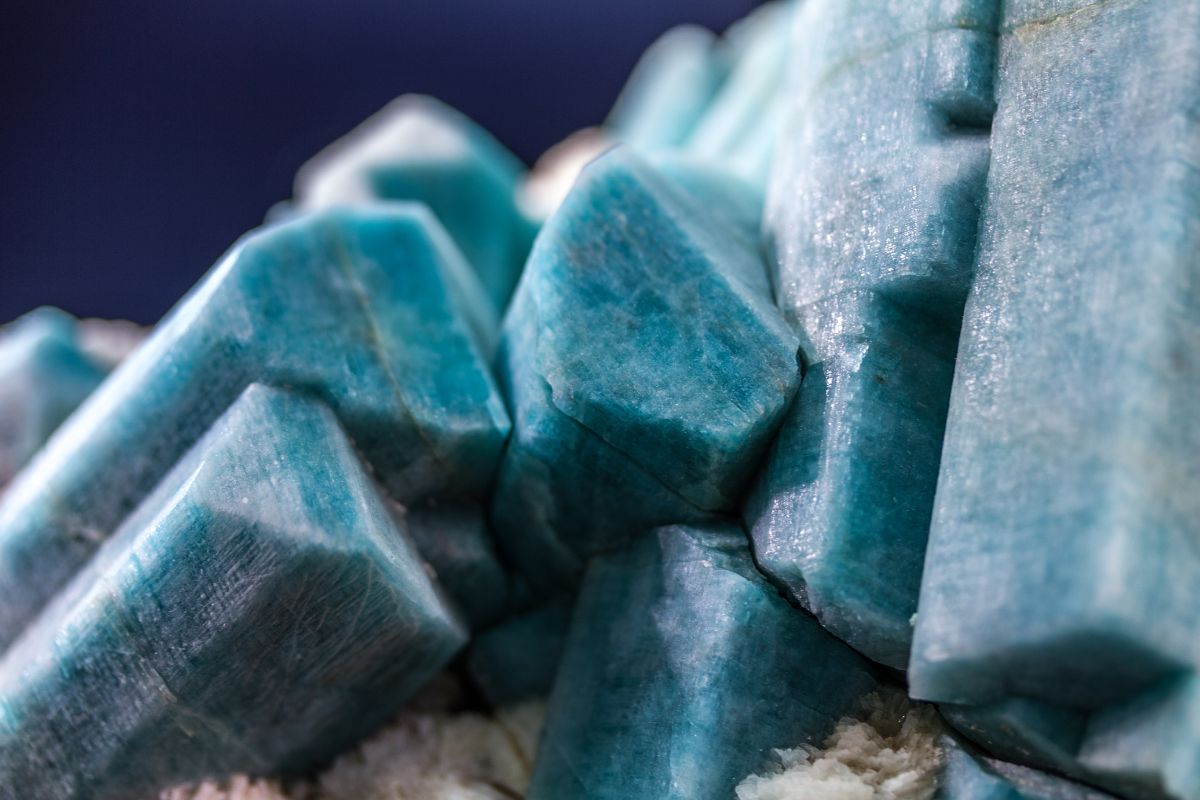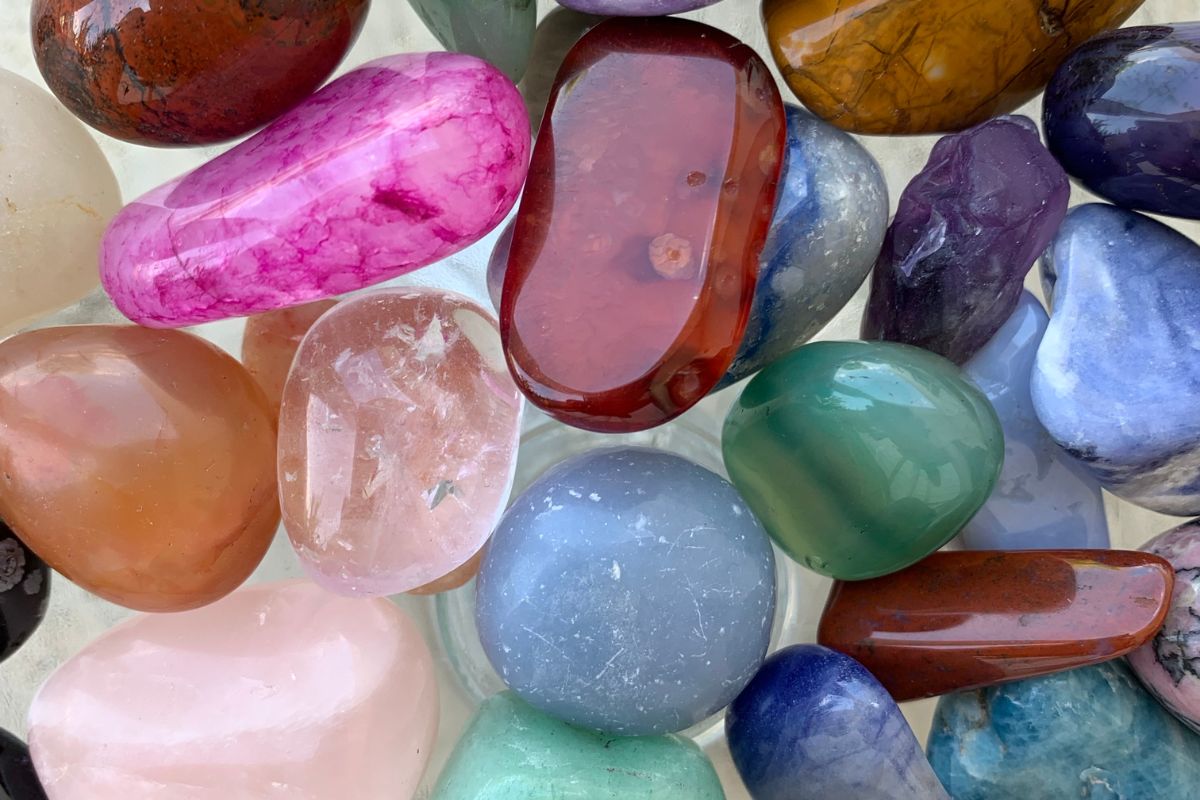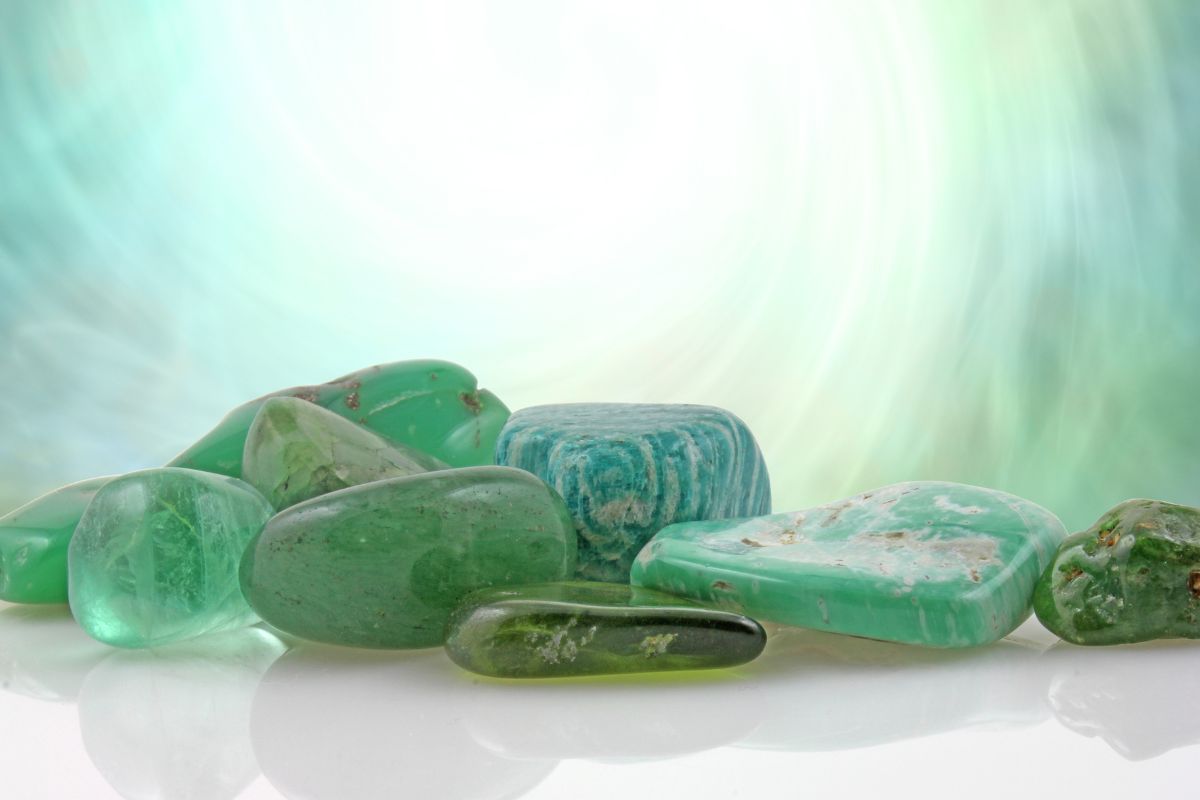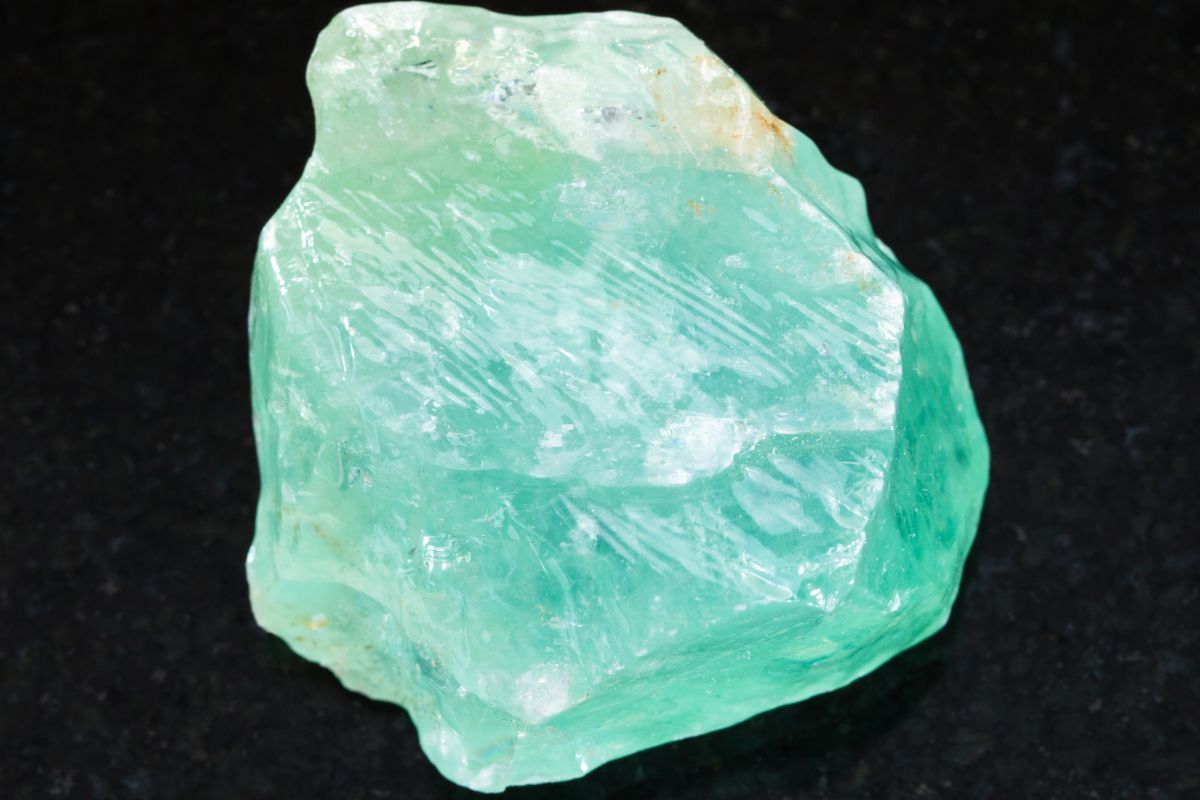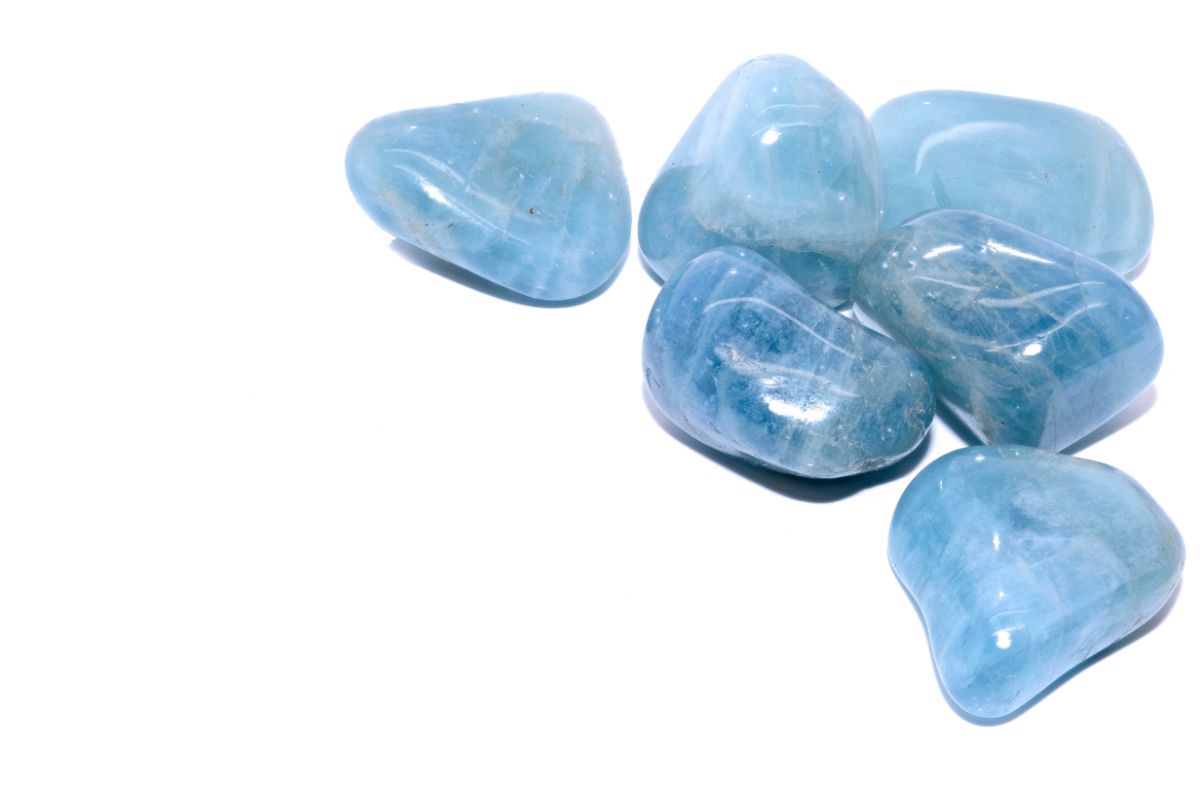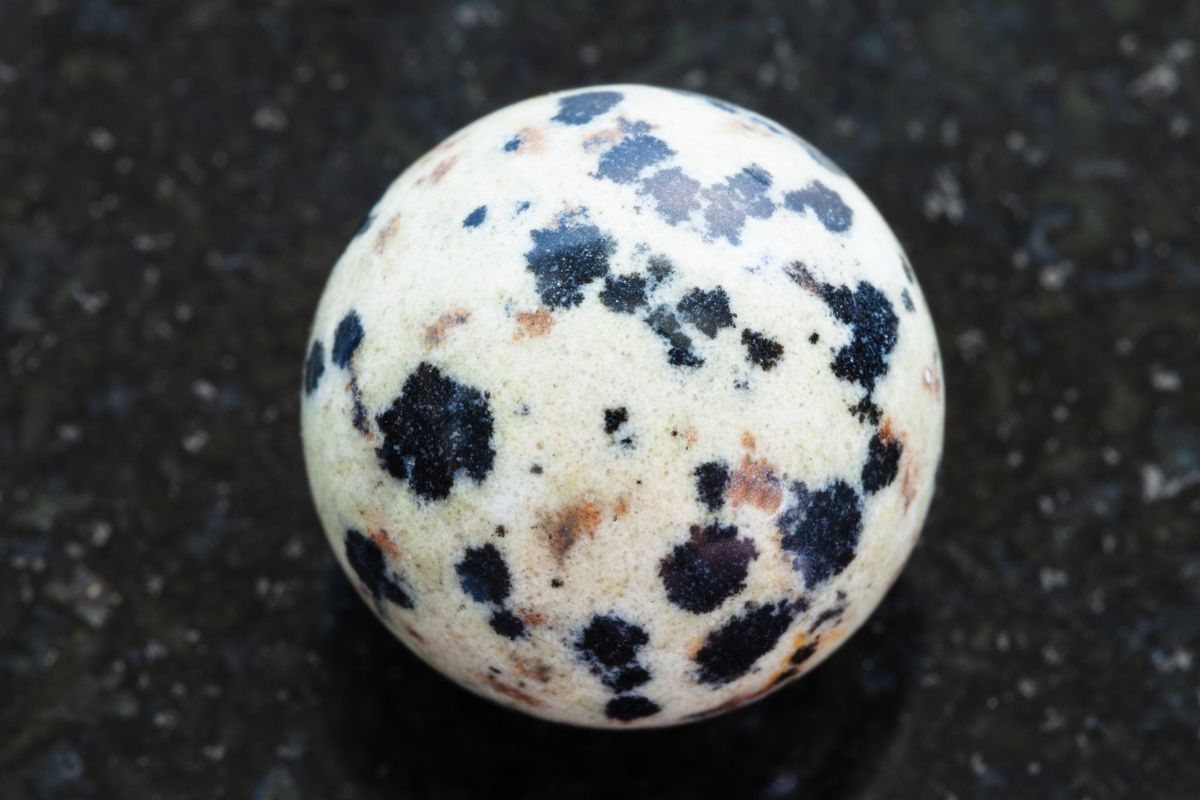While many of the metals we use and utilize in our daily lives are commonplace, there are some that are incredibly rare – making them valuable and much sought after by those with the skills, finances, and the inclination.
But what exactly are the rarest metals in the world, and what makes them so special?
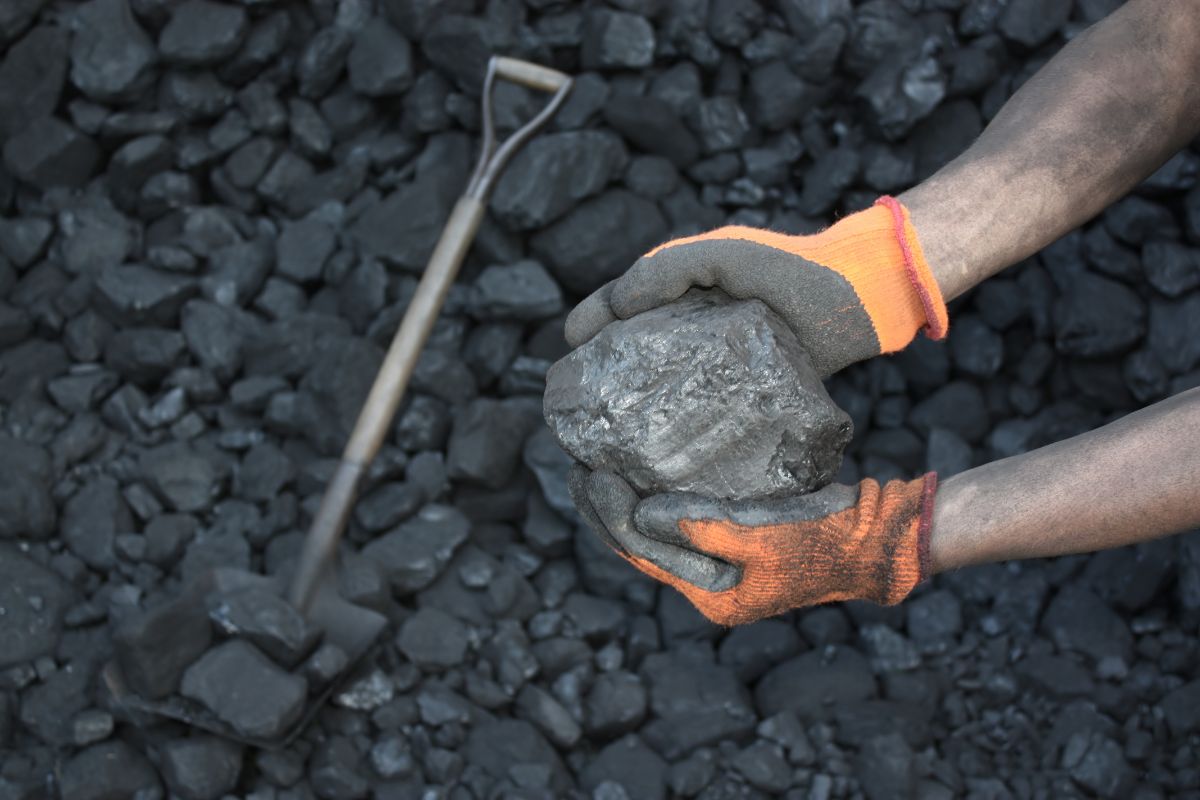
Which Metal Is The Rarest?
One of the rarest metals on the planet is thought to be rhodium – a noble metal, and a member of the platinum family.
It is a sturdy, resilient metal – being largely resistant against corrosion and rust, as well as most corrosive, harmful chemicals. This means that it has many uses within heavy industry, and those where harmful substances are widely used – such as in nuclear reactors.
How Do We Determine Rarity?
In terms of metals, scientists determine the rarity of each individual element by measuring their presence within the Earth’s crust – a measurement that is measured in parts per million.
In the case of rhodium, the Earth’s crust contains around 0.0002 parts per million – making it extremely scarce.
What Are Other Rare Metals?
Of course, alongside rhodium, there are several other metals that are strong contenders based on their rarity – and the lack of uniform displacement around the planet.
Platinum
Platinum is a metal that most people will have heard of, and it has many uses both in heavy industry, manufacturing, and of course in the production of jewelry.
Platinum can be used to make eyeglasses, petrochemical compounds, anti-cancer drugs, paints, hard drives, fiber optic cables, and even explosives.
Platinum is particularly enjoyed by the Japanese, and they regularly consume around 48% of the platinum jewelry that is produced each year – making it a very lucrative market for sellers.
Gold
Surprisingly enough, gold is one of the rarest metals on the planet – which goes some way to explain just why it is so sought after and cherished.
We might think of gold as being commonplace – at least in the sense that we see it in every jeweler’s window – however it is still relatively rare, with only 0.0011 parts per million found on the Earth’s crust.
Despite this, gold still has many uses within numerous different industries – including dental restoration, the curing of rheumatoid arthritis, aiding tuberculosis, automobile manufacturing, and even the construction of satellites – where the electromagnetic radiation makes the material suited for protective coatings in space technology.
Ruthenium
Discovered and isolated by Russian scientist Karl Klaus in 1844, the name of the metal itself is derived from Ruthenia – a latin word that means Rus, which today encompasses western Russia, Ukraine, Belarus, and parts of Slovakia and Poland.
Ruthenium is one of the rarest metals on the planet, with only 100 parts per trillion found within the Earth’s crust. Despite this, ruthenium has many uses, including widespread use in the electronics industry – as well as in watchmaking.
However, it has been shown that ruthenium can actually be harmful to human beings, darkening the skin it is exposed to over time, proving carcinogenic, as well as causing bioaccumulation in the bones.
Iridium
Next on our list is iridium, one of the rarest elements on the planet. Discovered by Smithson Tennant in 1803 in England, iridium only has an annual production and consumption of only around 3 tonnes.
However, despite this, it has many applications in numerous industries, including medical equipment, automobile production, and consumer good production – such as ball point pens, watches, and compasses.
Despite this, the percentage of iridium on the Earth’s crust remains at around 0.001 parts per million.
Osmium
Another metal discovered by Smithson Tennant in 1803 – the same year he discovered iridium – osmium is a dense metal, making it incredibly useful for a number of applications.
Perhaps most notably it is used as a component within stainless steel production, where it is used to produce such things as sealing pen nibs and tool hinges.
More importantly though, it was discovered to prove beneficial to curing bowel and ovarian cancer – thanks to a compound between osmium and ruthenium.
Scientists discovered that the particles found in both osmium and ruthenium can bind themselves to cells and destroy them over time – something that comes in handy when treating harmful cancer cells.
Despite this, the metal is still very rare, with only 50 parts per trillion on the Earth’s crust.
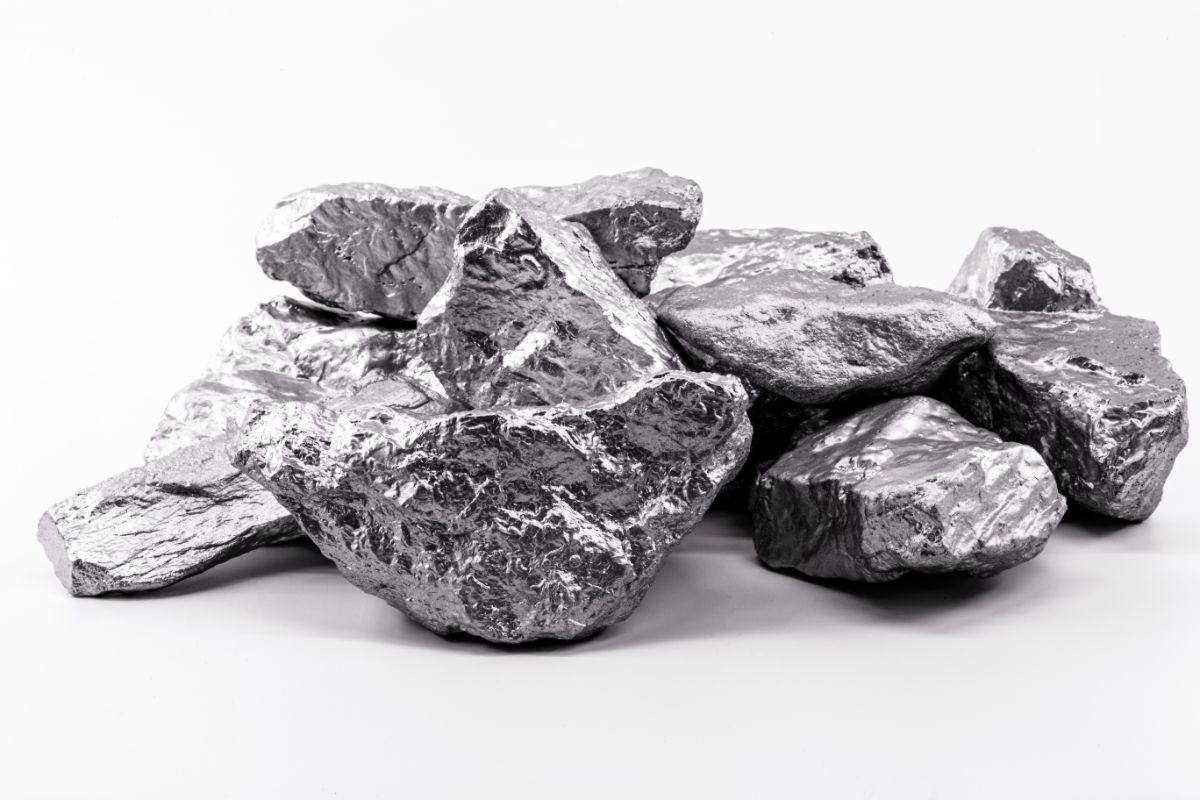
Palladium
Discovered in 1803 by William Hyde Wollaston, palladium was named after the asteroid Pallas, and since then has gone on to have numerous uses within society.
Some of the main uses for palladium include the production of catalytic converters in the automotive industry, as well as many consumer electrical products such as cell phones, computers, composite plating, multilayer ceramic capacitors, low voltage contacts, as well as SED/OLED/LED televisions.
Most notably though palladium has been proven to be beneficial for storing hydrogen – a potentially volatile substance that also has numerous applications.
Despite this, the availability of palladium is still relatively limited, with only 0.015 parts per million found on the Earth’s crust.
Rhenium
Discovered in 1925 by German scientists, rhenium takes its name from the Rhein, a famous river running through Germany.
Difficult and expensive to mine, and tricky to treat, rhenium is as inconvenient to come by as it is rare – with less than 1 part per billion located on the Earth’s crust.
That being said, it still has numerous applications in a number of fields, including jets, rockets, equipment in the atomic energy industry, and other high temperature resistant machinery – something it is uniquely suited to because of the high melting point.
As well as this, it is also used in the production of oil refining and the petrochemical industry.
Silver
Of course, as with gold and platinum, silver is one of the most well known – and widely utilized – metals on the planet, and is used in a number of industries, including the financial industry, in the manufacturing of jewelry, producing highly reflective mirrors, and in numerous consumer electronics products.
It has also proven to be effective against bacteria, leading to the historic use of silver jewelry as a way of fighting infections and diseases.
Despite this, many people might be surprised to know that it is relatively rare, with only 0.08 parts per million located on the Earth’s crust.
Indium
Lastly, indium is another rare metal, with a percentage of 0.01 parts per million located on the Earth’s crust.
Indium was discovered in 1863 by Hieronymous Theodor Richter and Ferdinand Reich, and was found to be a soft, malleable metal that emitted a cracking noise when bent.
Despite its rarity, it has many benefits within numerous industries, including LCD televisions, insulated linings in wiring, and transparent electrodes.
Final Thoughts
And there we have it, everything you need to know about the rarest metals in the world, and the properties they possess.
It’s true that each of the metals on this list has something truly miraculous about them – traits that make them so extraordinary and sought after by collectors and metallurgists around the world.
- 15 Crystals That Cannot Be Exposed To The Sun - January 7, 2024
- Malachite Vs Fuchsite – Benefits And Uses - January 7, 2024
- Malachite Vs. Green Jasper: Benefits And Uses - January 7, 2024

